In a speech at the China Bridge 2024 Partnership Summit, Song Zhiping, chairman of the China Association of Listed Companies, said that currently there are only two profitable new energy vehicle (NEV) makers: BYD and Li Auto.
According to Mr. Song, many companies have to make both internal combustion engine and new energy vehicles, but most large auto factories have not yet made a profit from electric vehicles.
“But if you don’t make electric cars, you have no future. That’s the dilemma of the innovator,” Mr. Song said.
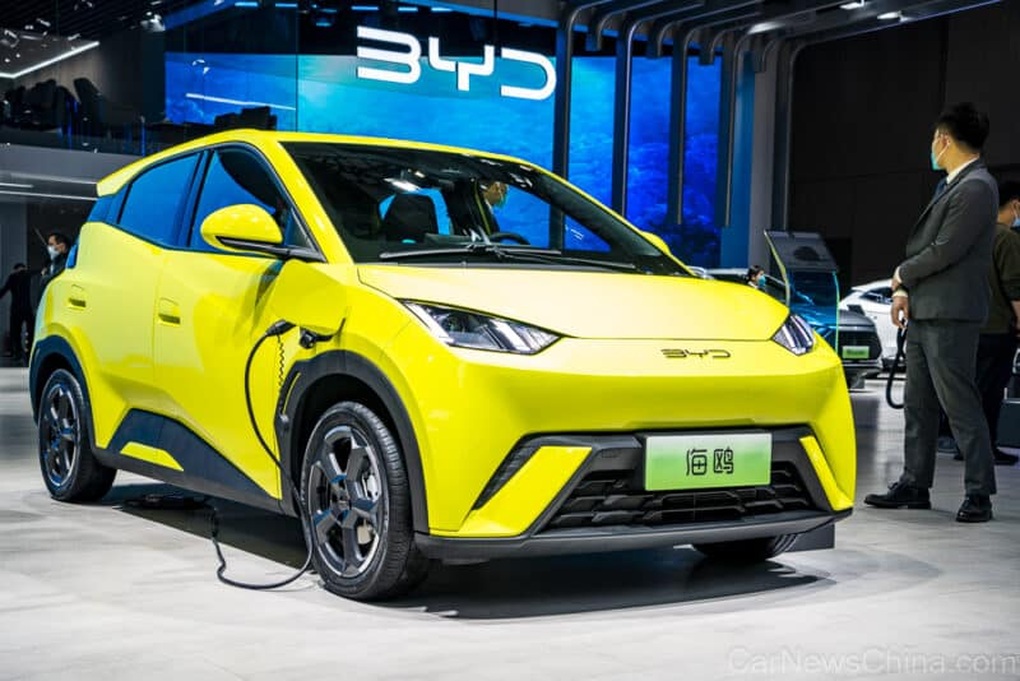
BYD Seagull electric car model at the 2023 Shanghai Auto Show (Photo: CNC).
Li Auto, along with BYD, are the only two companies that Mr. Song said are profitable in China's new energy vehicle industry.
In 2023, Li Auto's total revenue will reach 123.85 billion yuan (17 billion USD), up 173.5% from 2022. Of which, Li Auto will earn a net profit of 11.81 billion yuan (1.6 billion USD), which means a profit margin of about 9.5%.
The outlook for electric vehicle startups is bleak. While Nio’s revenue is expected to rise 12.9% in 2023 to 55.6 billion yuan ($7.6 billion), it lost 20.72 billion yuan ($2.85 billion), or more than 45%, meaning an average loss of 100,000 yuan ($13,750) per car sold.
In 2023, Xpeng's sales increased, but so did its losses. Revenue reached 30.68 billion yuan ($4.2 billion) but its net loss was 10.38 billion yuan ($1.4 billion).
What many Chinese automakers are chasing is market share, not profits. For companies that also make gasoline cars, the losses from electric cars are partly offset by sales of gasoline cars, but for startups that only make electric cars, the situation is more difficult because they do not have the same profit source.
The price war is also spreading to suppliers, who are forced to sell below cost to gain volume.
According to GlobalData , there will be 150 car brands operating in China in 2023; of which 97 will be Chinese and 43 will be joint ventures (the rest will probably be imports). Factory utilization in 2023 is expected to be 59% but there will be a large variation between manufacturers.
For BYD, the factory utilization rate is around 80%, and for Tesla it is 92%. However, there are many foreign brands with very low factory utilization rates, such as Hyundai at only 23%. Most of China's production comes from the 15% of factories with utilization rates above 95%, and their total output will account for 47% of total sales in China in 2023.
On the other hand, 20% of Chinese auto plants will produce fewer than 1,000 vehicles in 2023, and 17% will produce fewer than 10,000 vehicles. It should be noted that the above figures are for cars in general, not specifically new energy vehicles.
Source: https://dantri.com.vn/o-to-xe-may/hau-het-cac-hang-xe-dien-trung-quoc-deu-dang-lo-20240712005629802.htm





![[Photo] Prime Minister Pham Minh Chinh chairs a meeting of the Government Standing Committee to remove obstacles for projects.](https://vphoto.vietnam.vn/thumb/1200x675/vietnam/resource/IMAGE/2025/10/06/1759768638313_dsc-9023-jpg.webp)


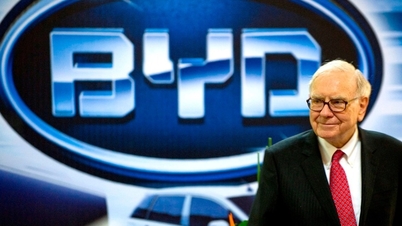
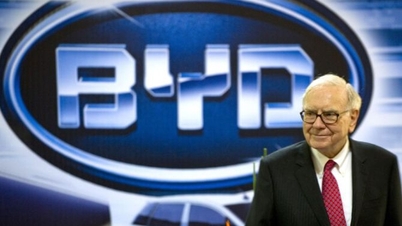

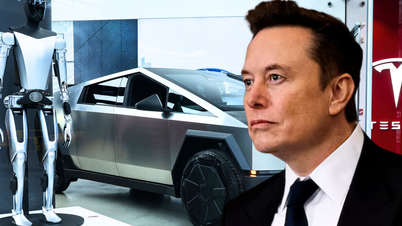

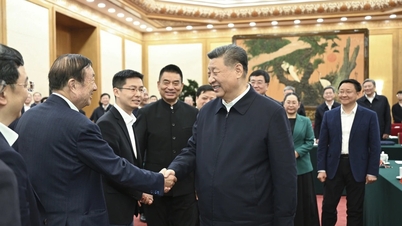

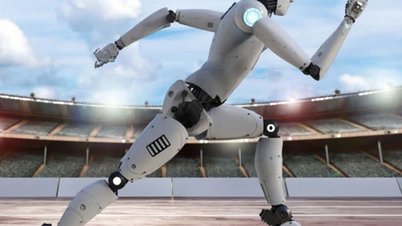
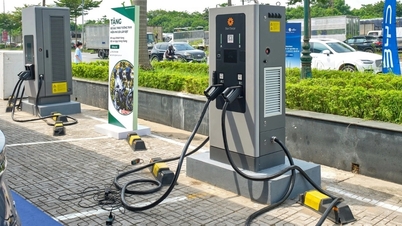














































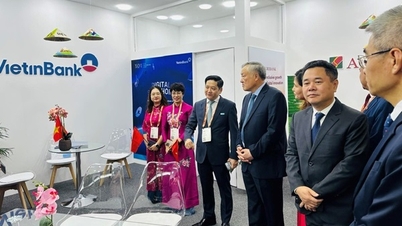



































Comment (0)